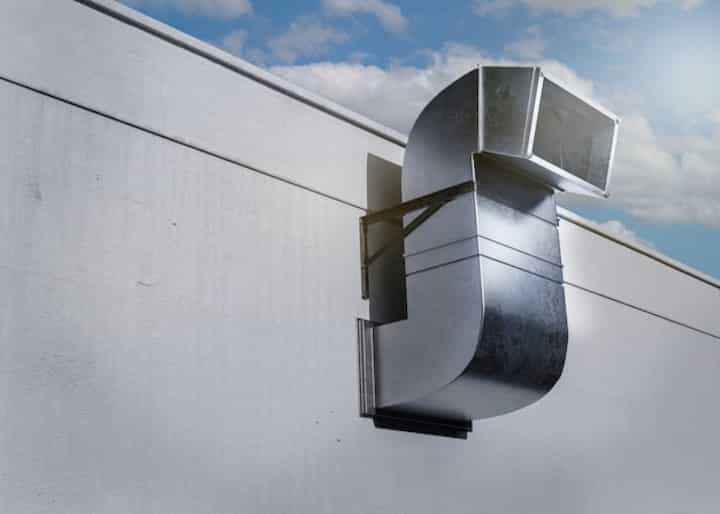
Expert Metal Roofing Repair for Aluminum, Copper, and Steel
Metal roofs are a popular choice for both residential and commercial properties due to their durability, longevity, and aesthetic appeal. However, like any roofing material, metal roofs require regular maintenance and occasional repairs to ensure they continue to protect a building effectively. This article delves into the nuances of repairing metal roofs made from aluminum, copper, and steel, offering expert insights and useful resources for property owners and maintenance professionals.
Understanding Metal Roofing Materials
Metal roofs can be made from various materials, each with unique properties and repair needs. The three most common materials are aluminum, copper, and steel.
Aluminum Roofing
Aluminum roofs are known for their lightweight nature and resistance to rust. However, they can be prone to denting or corrosion if not properly maintained. Regular inspections and timely repairs can prevent small issues from becoming significant problems.
Copper Roofing
Copper roofs are prized for their distinctive appearance and long lifespan. Over time, they develop a protective patina that can enhance their aesthetic appeal. Despite their durability, copper roofs may still require occasional repairs to address issues such as seam separation or flashing failures.
Steel Roofing
Steel roofs are robust and can withstand harsh weather conditions. They are often coated with a protective layer to prevent rust and corrosion. Repairs typically involve addressing leaks, fastener issues, or damaged panels.
Common Metal Roofing Issues
While metal roofs are sturdy, they are not immune to problems. Here are some common issues that may require expert repairs:
- Leaks: Leaks can occur due to damaged seams, fasteners, or flashing. Regular inspections can help detect leaks early.
- Corrosion: Although some metals are resistant to rust, they can still corrode over time, especially in coastal or industrial environments.
- Denting: Hail, falling debris, or heavy foot traffic can dent metal roofs, leading to potential water pooling and further damage.
- Seam Separation: Temperature changes can cause metal to expand and contract, leading to seam separation.
Read more about this topic here.
Steps for Expert Metal Roofing Repair
Repairing metal roofs requires a methodical approach to ensure longevity and effectiveness. Here are the recommended steps:
- Inspection: Conduct a thorough inspection to identify all potential issues. Pay attention to seams, fasteners, and any signs of corrosion.
- Cleaning: Clean the affected areas to remove dirt, debris, and rust before proceeding with repairs.
- Sealing: Use high-quality sealants to address leaks and seam separations.
- Replacement: Replace damaged panels or fasteners to restore structural integrity.
- Coating: Apply protective coatings to prevent future corrosion and extend the roof's lifespan.
Explore further insights here.
Choosing the Right Repair Professionals
When selecting professionals for metal roof repairs, consider the following factors:
- Experience: Choose technicians with extensive experience in metal roofing repair.
- Reputation: Look for positive reviews and testimonials from previous clients.
- Certifications: Ensure they have the necessary certifications and adhere to industry standards.
- Warranty: Check if they offer warranties on their repair work for added peace of mind.
Find additional information here.
Conclusion
Effective repair and maintenance are crucial for the longevity and performance of metal roofs, especially those made from aluminum, copper, and steel. By understanding the specific needs of each material and addressing common issues promptly, property owners can ensure their roofs remain in top condition. For more detailed guidance, learn more in this detailed guide.